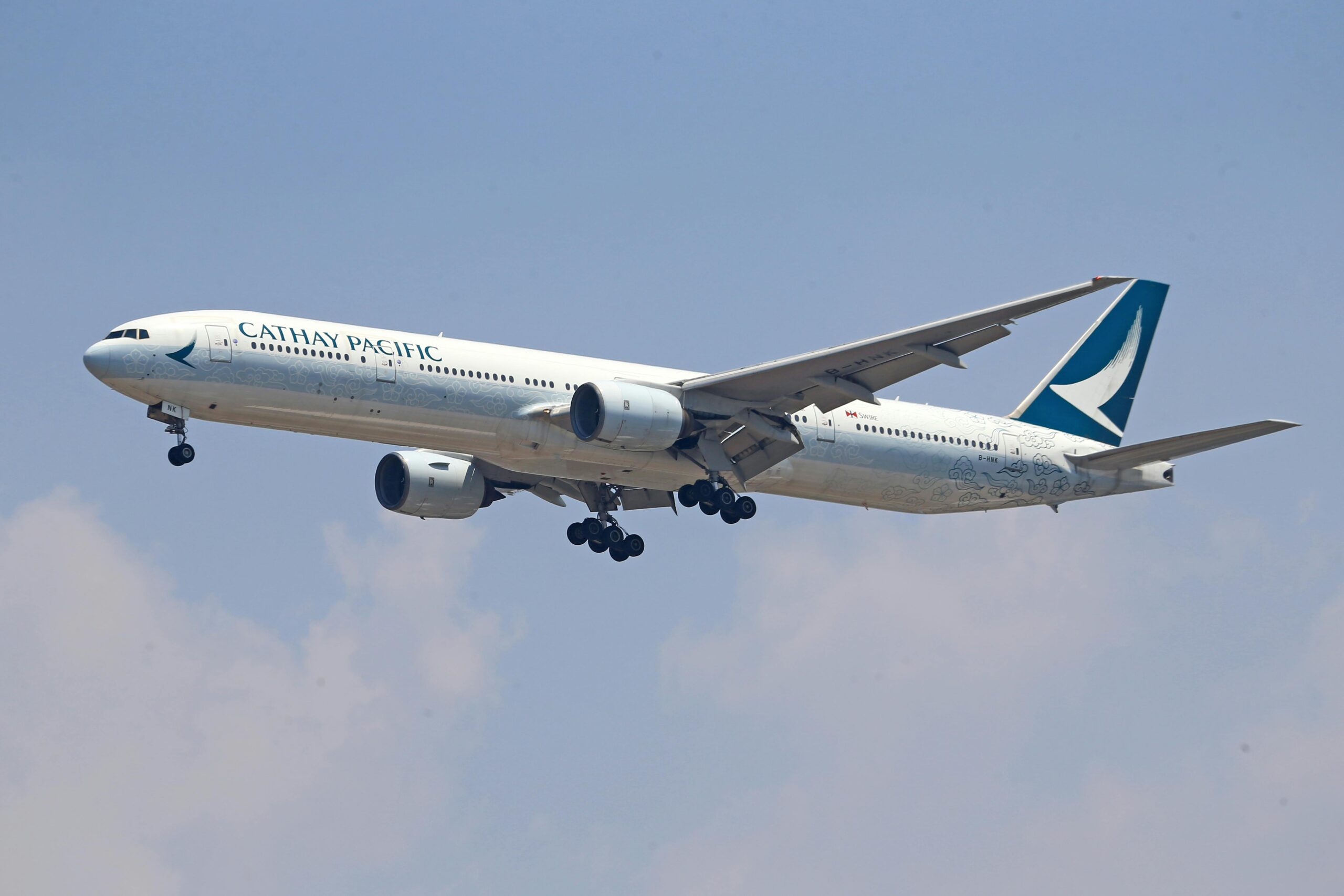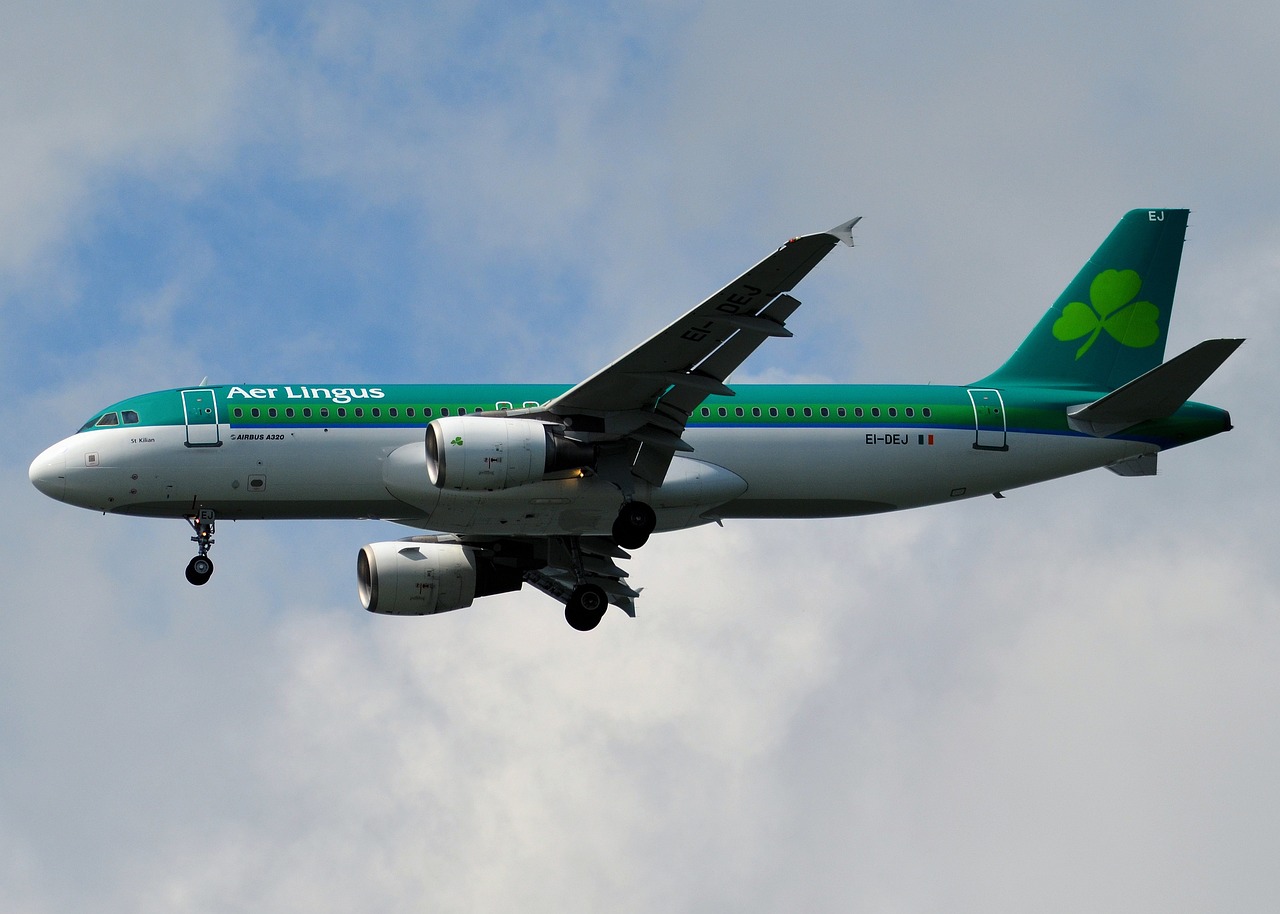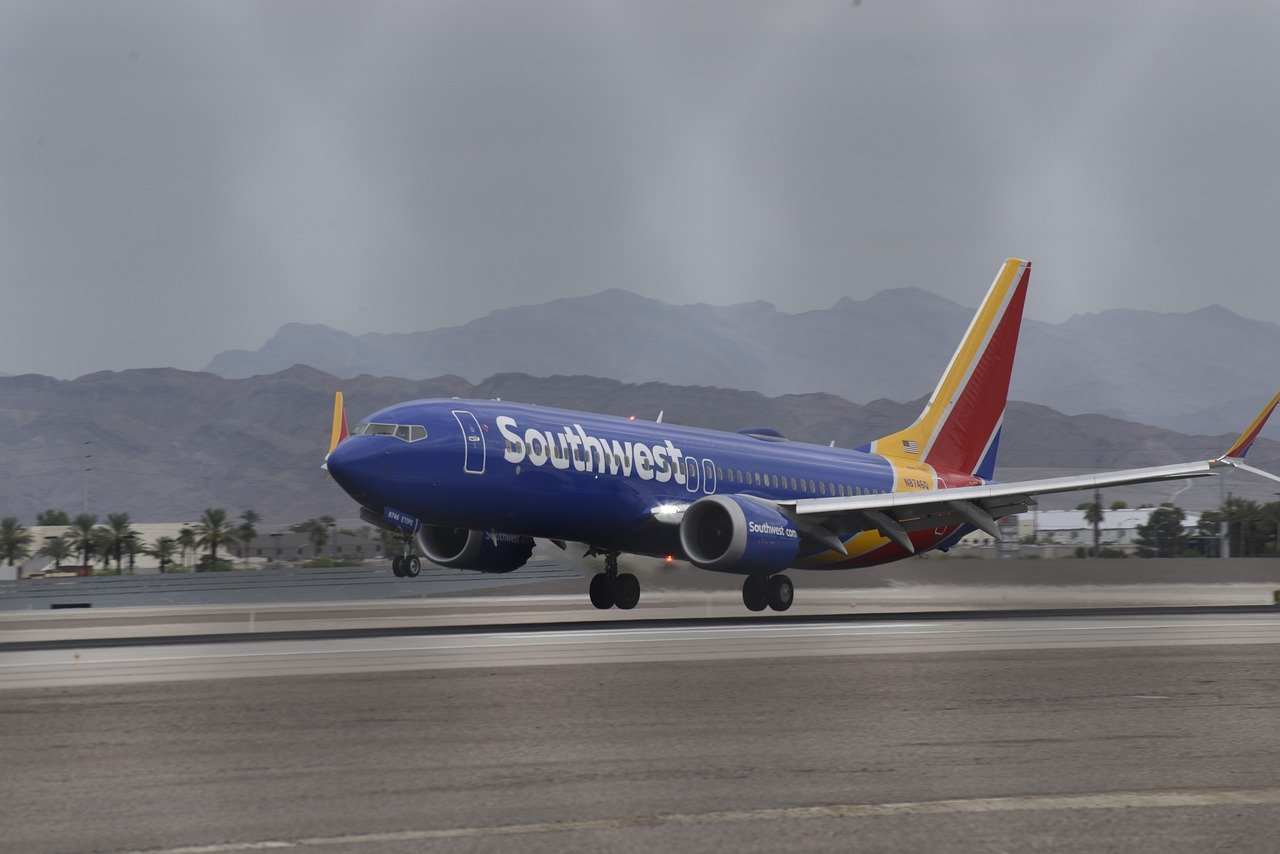When you’re preparing for a trip, one of the most overlooked—but critical—details is understanding baggage allowances. Whether you’re flying domestically or internationally, every airline has different rules, fees, and fine print. Not knowing them can lead to frustration, extra charges at the check-in counter, or even the inconvenience of leaving belongings behind. Let’s unpack everything you need to know to avoid surprises and travel smarter.
The Basics of Baggage Allowances
In air travel, baggage allowances refer to the number, weight, and dimensions of bags that passengers are permitted to carry on board or check in without paying extra. While many airlines offer a standard policy for domestic flights, international routes often differ widely. Moreover, policies can change based on travel class, frequent flyer status, or even your route.
Most airlines divide baggage into two categories: carry-on and checked luggage. Carry-on bags usually need to fit in the overhead bin and meet strict weight and size limits, while checked bags are stored in the cargo hold and typically come with higher weight thresholds. Always check the latest guidelines from your airline’s website or travel apps like TripIt to avoid last-minute surprises.

Domestic vs. International Rules: What to Expect
While baggage policies vary between airlines, there are key differences you can expect when flying domestically versus internationally. Domestic flights—especially on budget carriers like Spirit or Ryanair—often come with minimal or no free checked baggage. You may only get a personal item included, and anything more could cost you dearly.
International flights, particularly those operated by full-service airlines like British Airways or Delta, are more generous. Economy tickets often include at least one checked bag, while premium cabins offer even more. However, weight limits still apply, usually between 23kg to 32kg (50 to 70 lbs). Notably, exceeding those limits could mean paying up to $200 or more in extra fees.
Tips to Avoid Baggage Headaches
So how can you ensure you’re not caught off-guard at the check-in desk? First and foremost, weigh your luggage at home using a digital luggage scale. You’ll avoid costly overweight fees and can repack if needed. Use compression packing cubes to maximize space, especially if you’re trying to travel carry-on only. And always read the baggage rules on your airline’s website—not third-party travel aggregators, which may display outdated information.
- Know your fare type: Basic economy tickets often exclude even carry-on bags.
- Check regional variations: U.S. domestic flights often have stricter rules than intra-European or Asian flights.
- Enroll in frequent flyer programs: Elite status may get you extra baggage for free.
- Use a travel credit card: Many offer baggage fee reimbursements—check your benefits.
For a handy reference tool, Kayak’s Baggage Fee Calculator is a great way to compare baggage policies across multiple airlines.

Understanding baggage allowances isn’t just about avoiding fees—it’s also about reducing stress. Knowing what to pack, how much you can carry, and how each airline differs allows you to travel confidently and efficiently. Whether you’re headed on a quick domestic business trip or a long-haul adventure, keeping these guidelines in mind will make your journey that much smoother.
Have you had any unexpected baggage issues while flying? What tips do you swear by for packing smart and staying within limits? Share your experiences in the comments!
For more travel tips and updates on airline policies, follow us on social media or check out our latest guides on WentWorld.com.
Catch up on the top stories and travel deals by subscribing to our newsletter!












Leave a Reply